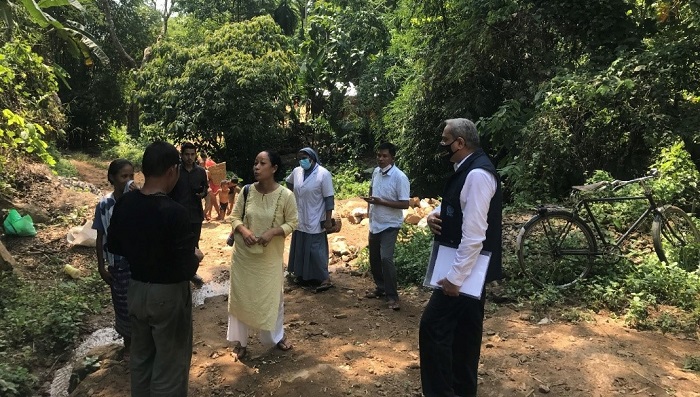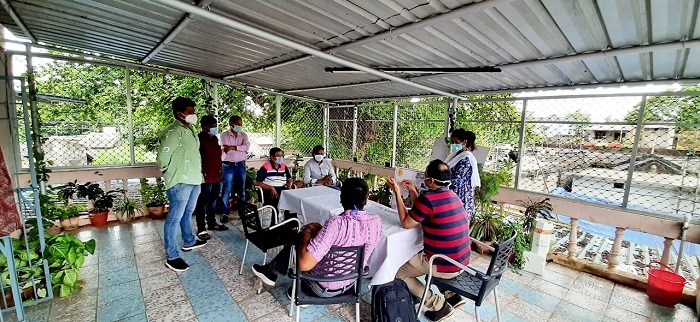Each day, over 4100 people lose their lives to TB and close to 28,000 people fall ill with this preventable and curable disease.
Yet, worldwide, TB is the 13th leading cause of death, and the second leading killer after COVID, among infectious diseases.
In 2020, an estimated 10 million (M) people fell ill with TB globally — 5.6 M men, 3.3 M women and 1.1 M children.
Ending TB by 2030 is among the health targets of the Sustainable Development Goals (SDGs).
Global efforts to combat TB have saved an estimated 66 million lives since the year 2000. However, the COVID-19 pandemic has reversed years of progress made in the fight to end TB. For the first time in over a decade, TB deaths increased in 2020.
India accounts for more than one fourth of the global TB and multidrug-resistant TB burden.
The National TB Elimination Plan (NTEP) is being guided by four key strategic pillars — prevent, detect, treat and build.
The government has articulated a whole-of-society approach by engaging communities to realize the vision of a TB free India through a “JAN ANDOLAN” or the people’s movement against TB.

WHO team in the East Garo Hills in the state of Meghalaya. © WHO India
When COVID struck in 2020, health systems across the world were stretched to breaking point.
In India, the annual TB notification dropped by 25% in 2020 to 1.81 M over the previous year of 2.4M — a 39% decline in average monthly notifications during the peak COVID period between March 2020 and May 2021, when compared to non-peak COVID period.
Over the first year of the pandemic, NTEP rapidly devised strategies to maintain basic diagnostic services, and solutions to ensure continuity of services, providing TB drugs to patients at their doorstep.
Bidirectional screening and guidance on managing TB-COVID coinfection, post-COVID screening are initiatives that have contributed to mitigating the disruption of TB services.
India demonstrated resilience and grit to bounce back by increasing TB notification in 2021 to pre-COVID levels of 2018, to 2.1M. NTEP is rapidly gaining lost ground.
“The WHO Country Office for India is working towards Galvanizing Actions for TB Incidence and Mortality reduction: Accelerated Novel Interventions (GATIMAN). The GATIMAN project is aligned to NTEP and is being implemented in 109 districts to demonstrate technical and operational models of TB-free initiatives. It aims to create an integrated model of knowledge generation, dissemination, adoption and assimilation for nationwide implementation,” says Dr Roderico H. Ofrin, WHO Representative to India.

Planning for GATIMAN with district team at Mayurbhanj district in Odisha. © WHO India
WHO India works with Ministry of Health & Family Welfare through its Technical Support Network and has presence across all states and union territories.
The World TB Day 2022 urges nations to ‘Invest to End TB. Save Lives.’ Reiterating the urgent need to invest resources to ramp up the fight against TB and achieve the commitments to end TB made by global leaders. This is especially critical in the context of the COVID-19 pandemic that has put End TB progress at risk, and to ensure equitable access to prevention and care in line with WHO’s drive towards achieving universal health coverage.
More investment will save millions more lives, accelerating the end of the TB epidemic.